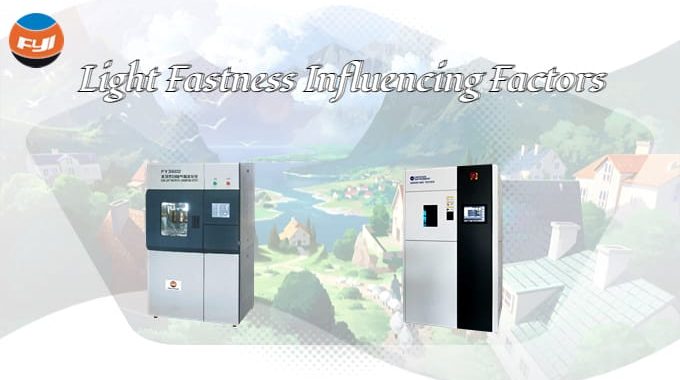Light Fastness Influencing Factors
Light fastness refers to the degree to which the color of the textile changes color under the action of sunlight or light after it has been dyed or printed.
The factors affecting the actual test process of textile color fastness to light include internal and external factors. The internal cause is mainly caused by the difference in the properties of textile dyes. External factors include many aspects, such as the choice of light source, spectral energy, temperature setting, relative humidity and so on. Since the internal cause of the color fastness of textiles to light is the purpose of the test, it has little to do with the test method. The main factors that have a direct impact on the stability and reproducibility of test results are external factors.
Internal cause of light fastness
Dye structure
Generally speaking, in the vulcanization of anthraquinone dyes and phthalocyanine dyes, the light fastness of sulfide, sulfide blue and metal complex dyes is better. The light fastness of most insoluble azo dyes is also relatively high. However, the light fastness of the aniline-type azo is low, and triaryl methane is not light-fast.
Fiber type
The light fastness of the same dye on different fibers is also very different. For example, indigo can be fast to light on wool, but its light fastness on cellulose is very low. Another example: the light fastness of Phalamin blue salt B on viscose is much higher than that on cotton.
Dye concentration
The light fastness of the same dye on the same type of fiber varies with the change of the dye concentration. Generally, the fastness of low concentration is poorer than that of high concentration, which is especially obvious on azo dyes.
External causes of light fastness were posted on https://fyitester.com/light-fastness-influencing-factors/.




Comments
Post a Comment